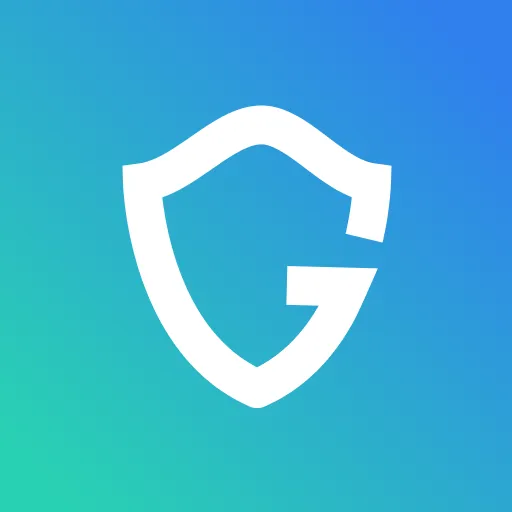Business Security
The OWASP Top 10: Who's at Risk?
Reviewed by
Sharon Blatt Cohen
June 22, 2022
•
3
min read
Updated on
April 24, 2025
While all organizations and individuals are at risk of attack, some are more vulnerable than others. Find out what you can do to mitigate the risks.

Table of Contents
While all organizations and individuals are at risk of attack, some are more vulnerable than others. Find out what you can do to mitigate the risks.
Key Takeaways
__No organization or individual is immune to attack risk, but some are more vulnerable than others. The most vulnerable individuals either don't understand the risks they face or have insufficient resources to mitigate them appropriately. __
The most susceptible organizations are those with weak security controls and poor security hygiene.
Organizations that are most at risk from the OWASP include:
- Small and medium-sized businesses: Small and medium-sized businesses are often the most vulnerable to attack because they have fewer resources to dedicate to security. They may also be less likely to have comprehensive security policies and procedures, and their employees may be less aware of security risks.
- Organizations with outdated or poorly-implemented security controls: Organizations that have not kept up with the latest security trends are at an increased risk of attack. This includes organizations that have not adequately implemented security controls, such as firewalls and intrusion detection/prevention systems.
Are you safe online? Run a free security scan to find out
{{component-cta-custom}}
- Organizations with weak security hygiene: Organizations with ineffective security hygiene are more likely to be compromised by attackers. This includes organizations that do not regularly update their software, patch their systems, or change their passwords.
- Organizations that rely on outdated technology: Organizations that rely on outdated technology are at an increased risk of attack. This includes organizations that use old versions of software or operating systems or that have not correctly migrated to new versions.
- Individuals with weak security habits: Individuals with inefficient security habits are more likely to be compromised by attackers. This includes individuals who use the same password for multiple accounts, click on links from unknown sources or open attachments from unknown sources.
- Individuals with high levels of access: Individuals with high access levels, such as administrators or those with privileged accounts, are at an increased risk of attack. This is because attackers may target these individuals to gain access to sensitive information or systems.
- Individuals who work remotely: Individuals who work remotely are at an increased risk of attack. This is because they may be using insecure networks or devices or are less likely to access the same security controls as those who work in an office.
- Individuals in high-risk industries: Individuals who work in high-risk industries, such as healthcare or finance, are at an increased risk of attack. These industries often have sensitive information that attackers may be interested in, or they may be subject to regulatory requirements requiring strong security controls to be in place.
- Individuals with personal information: Individuals with personal information, such as their Social Security number or credit card number, are at an increased risk of attack. Scammers can use this information to steal their identity or make fraudulent charges.
- Individuals in the public eye: Individuals in the public eye, such as celebrities or politicians, are at an increased risk of attack. This is because they may be targeted by attackers who want to exploit their notoriety.
Organizations and individuals can mitigate the risks associated with the OWASP by implementing proper security controls and practices. They should also be aware of the risks associated with the OWASP and take steps to protect themselves.
Are you safe online? Run a free security scan to find out
{{component-cta-custom}}
FAQs
No items found.
Table of Contents








